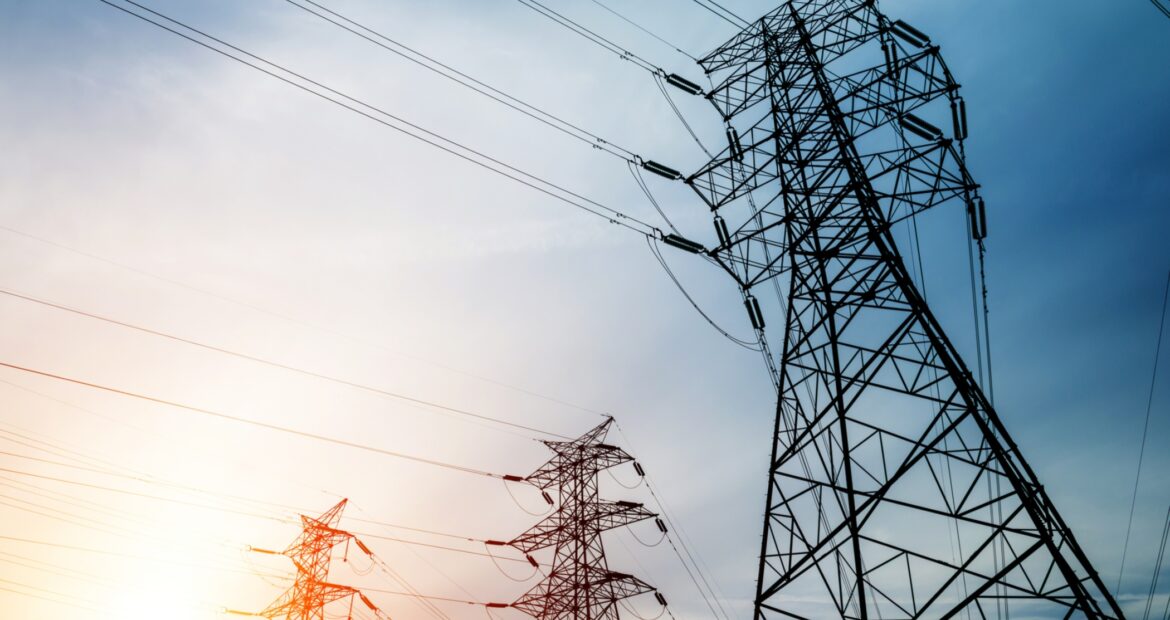Demand response programs are designed to balance the supply and demand of electricity. Motion.cloud enables demand response strategies, by giving organizations the ability to monitor, control, and automate energy generation remotely. These programs can help improve grid operations and reduce the overall cost of electricity. Demand response gives participating customers the opportunity to curtail their electric load during peak demand periods — such as hot summer afternoons — in exchange for financial incentives.
Reducing load
There are a variety of measures available to curtail load during a demand response event. With day-ahead notification, facilities could shift load to times where there is enough supply. For example, a manufacturer could move production from one shift to another. Under emergency conditions, your facility would need to immediately shed load and reduce demand. The following are some actions to take during emergency demand response events.
HVAC
- Raise thermostat set points in every zone to 78°F
- In unoccupied zones, raise set point to 82°F
- Cycle rooftop units and fans
- Lock out the compressor stage (if available)
- Pre-cool, then shut off chillers
Reset chilled water temperatures slightly higher
Lighting systems
- Reduce lighting levels in common areas and low-traffic areas
- Turn off lights in unoccupied areas
- Dim all lights by 20% or more
- Dim or turn off lights in alternate fixtures or rows
Refrigeration
- Shut off or reduce refrigeration load
- Reduce evaporator fan speed
- Shut down ancillary equipment (lighting, air compressor)
Additional actions
- Turn off one or more banks of escalators/elevators
- Use timers to switch off water heaters
- Turn off vending machines and other large plug loads
- Schedule forklifts and other battery-powered equipment for off-peak usage
- Turn off fountain and pool pumps
- Operate commercial washers and dryers during off-peak hours
For long-term demand management, your facility can invest in more energy-efficient equipment or install energy or thermal storage systems.
By participating in demand programs, facilities can help reduce stress on the grid while saving energy and money.




